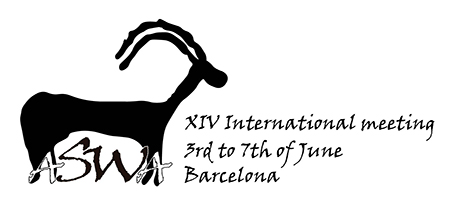The site of el-Wad Terrace, Mount Carmel, Israel, one of the major Natufian hamlets of the Levantine Mediterranean area, exhibits high percentage of herpetofauna (amphibians and reptiles) remains. These remains can provide valuable information regarding terminal Pleistocene paleoenvironments as well as human activity and subsistence at the site. However, to substantiate these reconstructions, both the underlying accumulation processes and the post-discard processes must be first deciphered, through detailed taphonomic studies. These, in turn, must be further verified by appropriate experimental studies that helps reconstruct the various post-discard processes.
Taphonomic experimental studies regarding herpetofaunal remains in archeological sites are rare and are mostly centered on reptile and amphibian long bones and mandibles. In contrast, vertebrae are the most abundant element in our assemblage, mostly snake and legless lizard (Pseudopods apodus).
We examine three possible accumulation processes: natural death at the site, raptor predation and human consumption. Each process will ideally result in different taphonomic markers. Human predation on reptiles is hard to detect due to the lack of traditional taphonomic markers such as cut marks and burning resulting from cooking or roasting. Therefore, identifying human predation is mostly done by the lack of digestion marks on the bone and by quantitative and contextual studies. Identifying and testing post-discard processes on natural and digested bones will enhance our understanding of the accumulation agents in the site.
Four post-depositional taphonomic processes were experimentally tested: weathering, burning, sediment erosion and trampling. These processes were observed on three bone accumulations; fresh Pseudopods apodus and Vipera palaestinae carcasses and digested squamate bones from an eagle owl (Bubo bubo) pellet. This paper will present the taphonomic markers identified in the experimental material and compare it to the Natufian reptile assemblage of el-Wad Terrace to identify the main accumulation agent at the site and the post-depositional processes that effected the reptile remains.

 PDF version
PDF version
